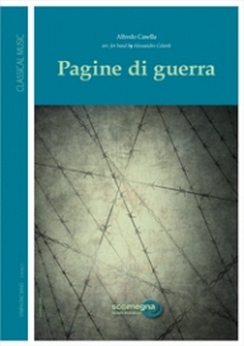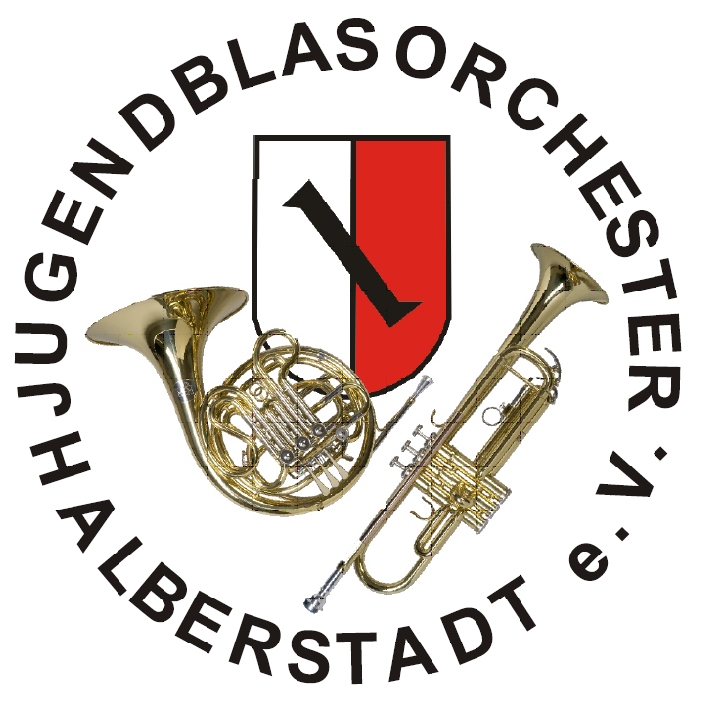Pagine Di Guerra, Alfredo Casella/Alessandro Celardi

| Bestellnummer: | 335221 | |
| Kategorie:: | Blasorchester | |
| Schwierigkeitsgrad: | 5 - Sehr schwer | |
| Dauer: | 11:30 Minuten | |
| *Preis: | 220,21 € | |
| Lieferzeit: | 2 - 5 Tage | Portofrei (Inland) |
| Genre: | Klassische Musik | |
| Suite | ||
| Aufnahme auf CD: | Pagine Italiane |
Pagine Di Guerra, Alfredo Casella/Alessandro Celardi - Blasorchester
During the First World War, audiences were introduced to the terrible images of the conflict in movie theaters; some of these silent cinema newsreel images inspired Casella to compose a symphonic suite, where each "framework" has a specific subtitle that refers to a place and to a situation related to the war. “They are impressions” - the composer says – “but not Impressionism: they aim at an essentially synthetic art, concerned with architectural and rhythmic solidity and firm and severe lyricism.” These five brief symphonic impressions, which are the result of a tormented spiritual crisis, new explorations in his musical language, and an obvious harmonic exasperation, were composed in two different moments. The first four impressions were written in 1915 and published for 4-hand piano. In December 1917, Casella, who had already orchestrated the extant four movements, added a fifth new one. The inclusion of this fifth part can be understood as motivated by the composer’s desire to end the work, which was already designed for spaces larger than those reserved to music for 4-hand piano, with a strong and quick section that would reflect a piece of Italy. Movements I, III, and V evoke the dynamic, brutal, and scientific side of modern warfare; numbers II and IV, instead, synthesize universal piety in the presence of the death of both work of arts (no. II) and human beings (no. IV). The influences of Mahler and especially Stravinsky’s Rite, already very distinguishable in the original piano version, become even more evident in the orchestral version, with its obsessively percussive rhythms, insistent use of polytonality, presence of fragments of “vulgar” music, martial rhythms, and childhood lullabies. The film origin of the individual movements transpires from the way in which Casella shapes images transforming them into music: as the artillery passes relentlessly, the music marches heavily, but it fades away as the artillery leaves; the cathedral is in ruins, and the tetrachord, which is repeated from start to finish, becomes a sad reflection on the devastation that does not even spare the masterpieces of human genius; the impetuous ride of the Cossacks is suggested by the dactylic rhythm, and an alienating lullaby accompanies the last sleep of the fighters. Without the fifth movement, the original formal structure alternates in a traditional fashion fast and slow movements; two pairs of sections, each portraying an action and its devastating consequences: two movements, artillery and city destruction, without human beings; and the other two, Cossack chivalry and graveyard, with the presence of human beings. The complete suite was performed for the first time in February 1918 at the concerts Colonne in Paris under the direction of G. Pierné, and in January 1919 in Italy, at the Teatro Augusteo in Rome. The following is Casella’s brief description of each movement of the Suite:
I. Parade of German heavy artillery: roar of huge tractor engines, vortex of squat armored wheels; wise and mathematic monstrosity of colossal howitzers that are advancing as pachyderms toward new destruction.
II. In front of the ruins of the cathedral of Reims: mutilated portals, broken sacred statues; survival, broadly, of the patient and candid symmetry of the Gothic style.
III. Cossack cavalry charge: barbaric and frenetic violence, at the galloping rhythm of great Asian horses and their terrible riders.
IV. Wooden crosses ...: small blossoming cemetery in April; voice, on the distant echo of a heroic horn, of all those who died for freedom and glory.
V. Italian cruising battleships: quick motion of broad masses of steel, heavy and lightweight, uncertain in the mist of the morning; confusion of sky, of white foam and gleaming hulls; apotheosis of strength and light, glorification of the marine power of resurrected Italy.
* Der Notenverkauf unterliegt der Preisbindung. Aus dem Grund können wir kurzfristige Preisanpassungen leider nicht ausschließen. Wir informieren Sie rechtzeitig.





